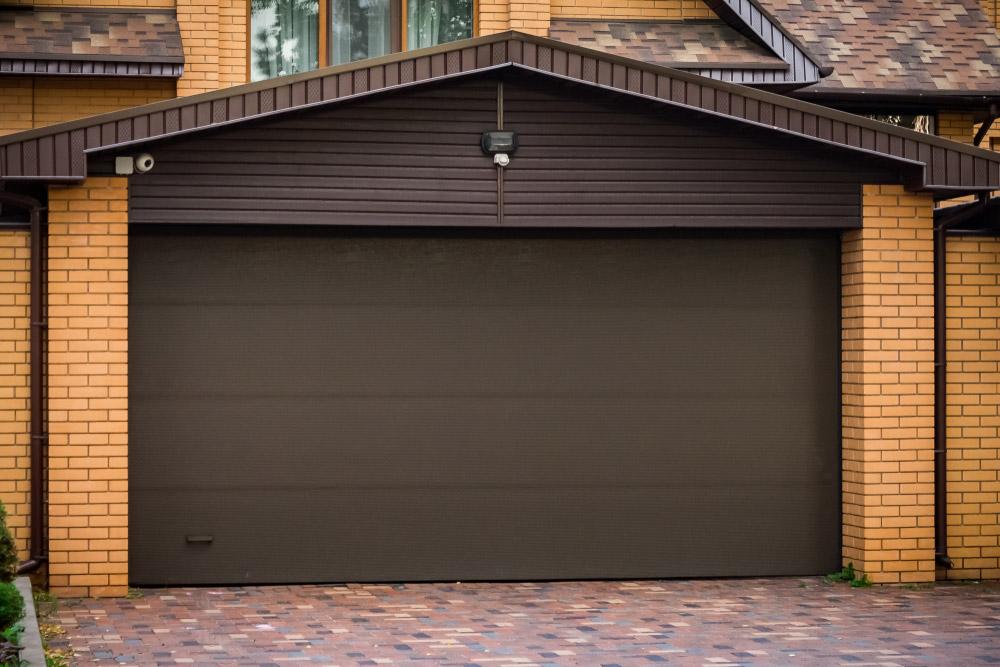A garage door is a modern convenience that we often take for granted, but it can quickly become a source of frustration when it doesn’t work as expected. If you’ve found yourself wondering, “Why My Garage Door Won’t Open All The Way,” you’re in the right place. In this article, we will explore the common causes of this problem, potential solutions, and the importance of professional assistance when needed.

Common Causes of a Partially Open Garage Door
When your garage door fails to open fully, it’s essential to identify the underlying issue before attempting any repairs. Here are some common reasons why your garage door may only partially open:
1. Obstructed Path:
- One of the most apparent causes is an obstruction in the path of the garage door. This can include objects, debris, or even snow and ice, especially in colder climates.
2. Broken Springs:
- Garage door springs are essential for lifting the door’s weight. If one of these springs is broken, it can result in the door only partially opening.
3. Safety Sensors:
- Many modern garage doors are equipped with safety sensors to prevent accidents. If these sensors detect an obstacle in the door’s path, they will halt the opening process.
4. Lubrication Issues:
- Lack of proper lubrication on the door’s tracks, hinges, or rollers can cause friction and restrict the door’s movement.
5. Track Misalignment:
- If the garage door’s tracks are misaligned, it can hinder the door’s smooth operation, preventing it from fully opening.
Troubleshooting and Potential Solutions
Before calling a professional, you can perform some troubleshooting steps to identify and possibly resolve the issue of your garage door not opening fully:
1. Check for Obstructions:
- Carefully inspect the garage door’s path for any objects, debris, or items that might be blocking its movement. Remove these obstructions and attempt to open the door again.
2. Test the Safety Sensors:
- Ensure that the safety sensors, typically located near the base of the garage door tracks, are clean and aligned. Adjust them if needed to ensure they can communicate with each other.
3. Inspect the Springs:
- Examine the springs to see if any are broken or damaged. If you notice a broken spring, it’s essential to contact a professional for repair, as replacing garage door springs can be dangerous.
4. Lubricate Moving Parts:
- Apply a recommended lubricant to the door’s tracks, hinges, and rollers to reduce friction and promote smoother operation.
5. Check for Track Misalignment:
- Inspect the garage door tracks for any misalignment. If you notice gaps or irregularities, contact a professional to realign them correctly.
When to Seek Professional Help
While some issues may be resolved through troubleshooting, there are situations where professional assistance is necessary:
1. Broken Springs:
- Replacing garage door springs is a task that should only be performed by a trained technician due to the high risk of injury.
2. Track and Roller Issues:
- Misaligned or damaged tracks, as well as issues with rollers and other intricate components, require the expertise of a professional for safe and effective repair.
3. Electrical Problems:
- If you suspect that electrical issues are causing the problem, such as a malfunctioning opener, it’s best to have an experienced technician inspect and fix the wiring or circuitry.
Conclusion:
A garage door that won’t open all the way can be a frustrating and inconvenient problem. However, by understanding the potential causes, performing troubleshooting, and knowing when to seek professional help, you can resolve the issue efficiently. Regular maintenance and prompt repairs are key to keeping your garage door functioning smoothly and ensuring it serves you reliably for years to come.



Leave a Reply